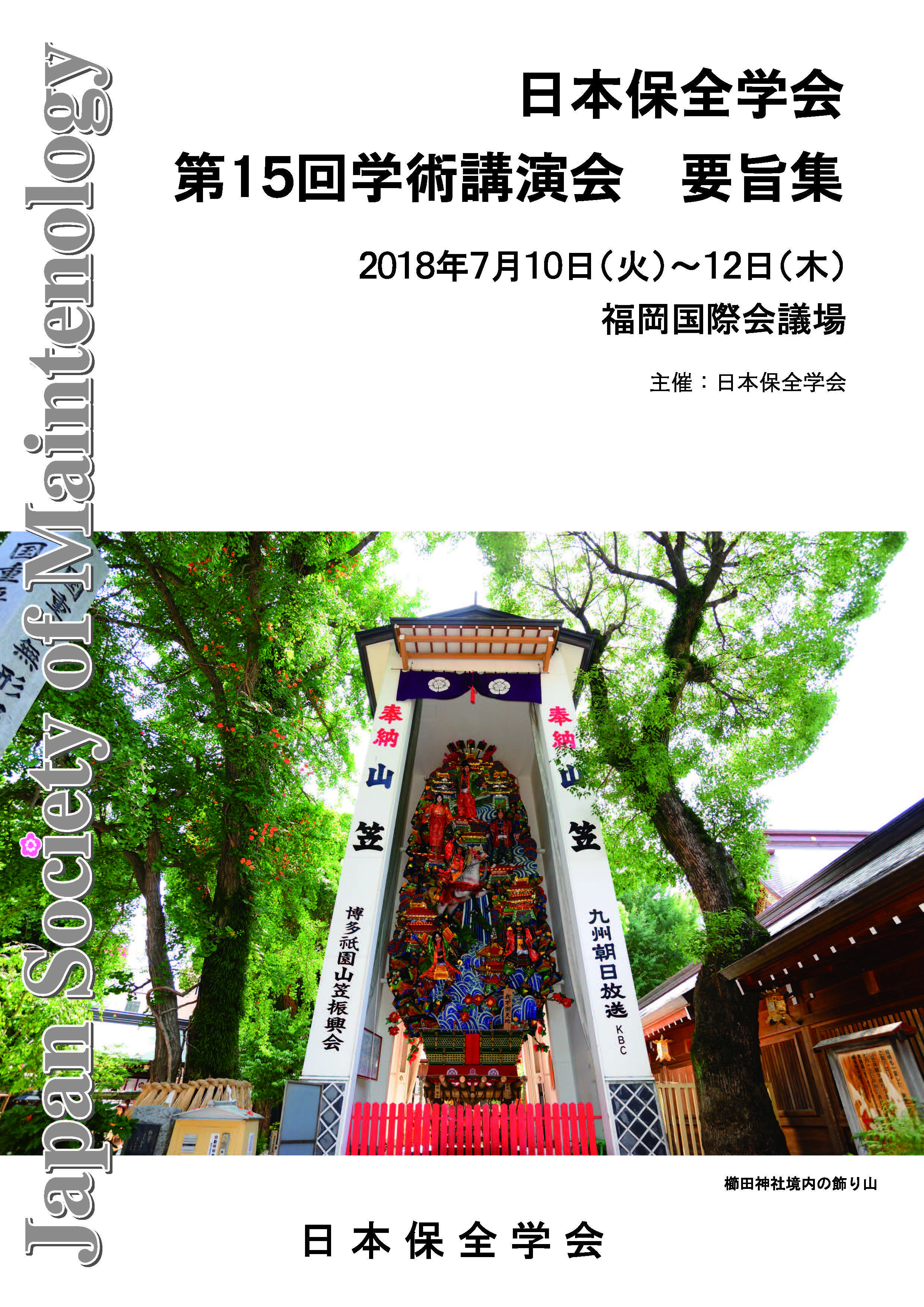ライザーブレースアーム溶接部の構造健全性評価手法の検討
概要
Flaw evaluation method for riser brace arm weld was investigated in case of a flaw is detected in in-service inspection. Weld residual stress was evaluated using 3-D finite element model considering structure of riser brace. Fatigue and SCC crack growth evaluation was performed using evaluated residual stress and stress due to normal operation. Two methods, which are JSME fitness-for-service code and influence function method, were applied to estimation of stress intensity factor to investigate effect of stress distribution in SCC crack growth evaluation. Results of SCC crack growth evaluation indicated that small crack not to cause failure of riser brace was allowable due to limitation of evaluation method, which allows up to 80% crack depth of thickness. Therefore, SCC crack growth evaluation considering penetration, which means up to 100% crack depth of thickness, was performed. In addition, seismic evaluation assuming failure of one of four riser brace leaf was performed.
